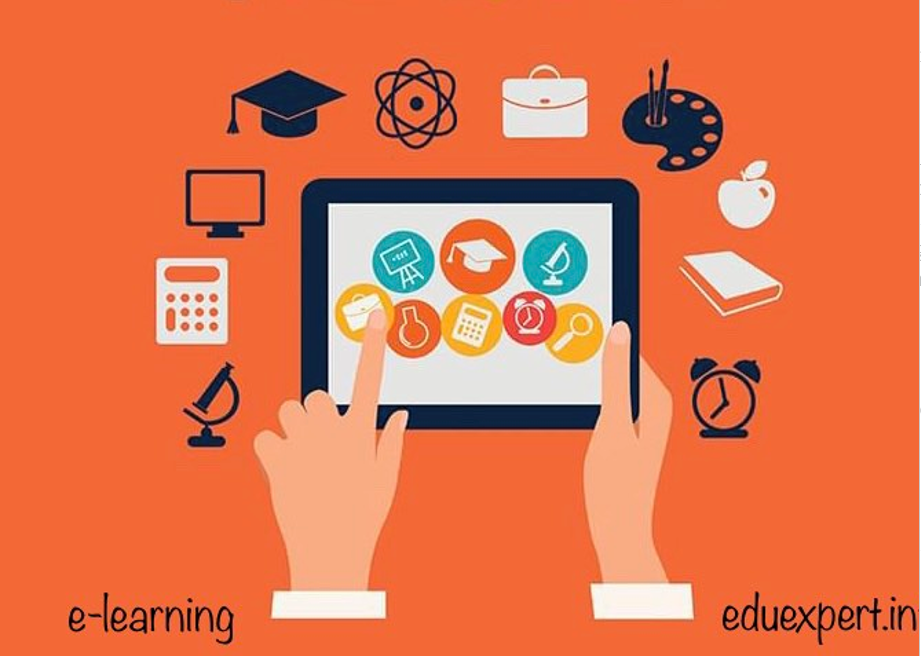
With the widespread use of digital technology, the worldwide educational scene has seen a dramatic change in recent years. Asian nations, which have a wide range of educational systems and cultures, have been proactively adopting e-learning techniques to improve the quality and accessibility of education. The e-learning breakthroughs, issues, and trends in several Asian nations are examined in this article.
China: The Revolution of Massive Online Open Courses (MOOCs)
With a concentration on Massive Online Open Courses, China has quickly emerged as a key participant in the e-learning space (MOOCs). Courses from leading universities across the world can be accessed through platforms such as Coursera and XuetangX, which have grown in popularity. To promote interactive learning, the Chinese government has actively supported the use of technology in the classroom.
India: Combining Mobile and Blended Learning
The use of blended learning, which combines traditional classroom instruction with internet resources, has increased dramatically in India. Particularly in rural areas, mobile education has gained traction due to a huge population and rising smartphone usage. The goals of programs like the National Digital Literacy Mission are to encourage e-learning and close the digital gap.
Singapore: Gamification and Flexible Learning
Singapore has led the way in adaptable learning, tailoring instructional materials to meet the needs of each individual student. Another common practice is gamification, which involves creating educational games that are meant to make learning enjoyable and feasible. The importance of innovation in education is further highlighted by the public authority’s commitment to the Brilliant Country initiative.

When it comes to integrating virtual reality into education, Japan has led the way. Virtual reality classrooms and simulations provide students a fully immersive educational experience. In an effort to improve learning outcomes and engagement, the Japanese government has made research and development investments to incorporate state-of-the-art technologies into the educational system.
Smart Learning Environments in South Korea
Smart learning environments have been adopted by South Korea, which uses technology to customize instruction. Student engagement is increased in smart classrooms that have tablets, interactive whiteboards, and educational apps. Additionally, the government has put laws into place to support digital textbooks, which relieves students of the burden of bulky backpacks.
Challenges:
Notwithstanding the encouraging developments in e-learning, Asian nations share a number of difficulties, such as the digital divide, disparities in the quality of their technical infrastructure, and the requirement for teacher preparation for successful technology integration in the classroom. Maintaining fair access to online learning materials is still a top concern.
In summary:
Asia’s varied e-learning techniques are a reflection of the region’s significant educational and cultural diversity. Even though there has been progress, work is still being done to address obstacles and make sure that e-learning helps achieve the objective of offering high-quality education to everyone. There are a lot of interesting opportunities for creative and inclusive e-learning approaches throughout Asia in the future as technology develops.
S.M Tareq
Consultant and Teacher’s Trainer (Masters of Education)
Institute of Education and Research
University of Dhaka




